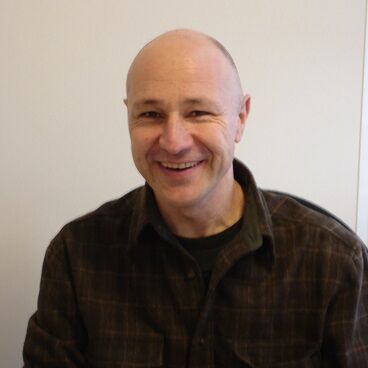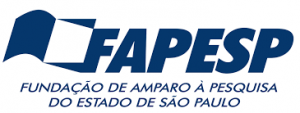Thierry Mautor

Thierry Mautor belongs to the laboratory DAVID (Données et Algorithmes pour une Ville Intelligente et Durable, Data and Algorithms for a Smart and Sustainable City) of the University of Versailles – Saint Quentin en Yvelines, France. In this laboratory, he works on Combinatorial Optimization and Graph Algorithm problems. For a long time, most of his work has focused on rather academic issues such as Quadratic Assignment Problem or Vehicle Routing Problems. But he is now working more and more on issues related to the city and more particularly on mobility issues with related applications for example on smart parking or autonomous and electric vehicles.Thierry Mautor belongs to the laboratory DAVID (Données et Algorithmes pour une Ville Intelligente et Durable, Data and Algorithms for a Smart and Sustainable City) of the University of Versailles – Saint Quentin en Yvelines, France. In this laboratory, he works on Combinatorial Optimization and Graph Algorithm problems. For a long time, most of his work has focused on rather academic issues such as Quadratic Assignment Problem or Vehicle Routing Problems. But he is now working more and more on issues related to the city and more particularly on mobility issues with related applications for example on smart parking or autonomous and electric vehicles.
Tendências em PO
Some mobility problems about parking and autonomous taxis
The two problems presented have been realized in collaboration with Vedecom Institute, a French institute whose research is dedicated to low carbon and sustainable mobility.
The first one consists in proposing to a driver who wants to park (in a zone where it is difficult to find a parking place) a route that minimizes its expectation time to find a parking place. Two heuristics have been proposed. The first one is an exhaustive evaluation algorithm with bounded depth while the second is a reinforcement learning method where each crossroad learns the next best street choice and these different choices form the itinerary. Another aspect of this work is to determine and learn the probabilities of having at least one free place available to park in the different street sections.
The second problem deals with the management of a fleet of autonomous, electric and shareable taxis. The objective is to model such a fleet and optimize their actions in order to maximize service efficiency and minimize power consumption. As these taxis are autonomous, their behavior between two services (and especially their possible parking) has to be taken into account and as they are electric, we must also take into account their recharge. Even if this work is still in development, different test instances based on real data of taxi trips have been built and different simple heuristics have been proposed, developed and tested.














